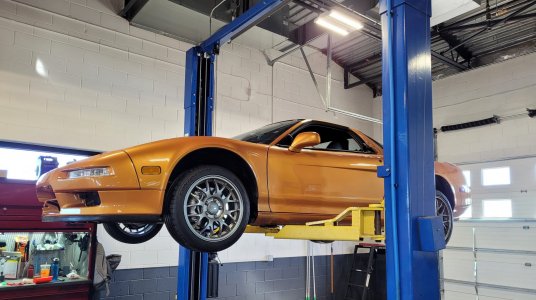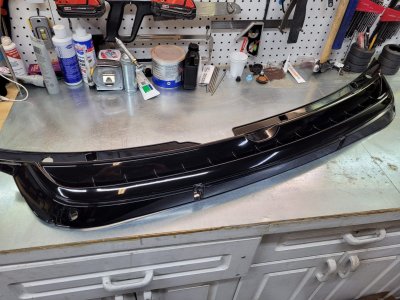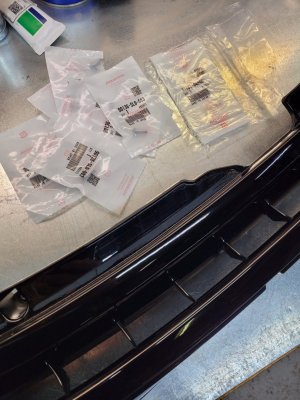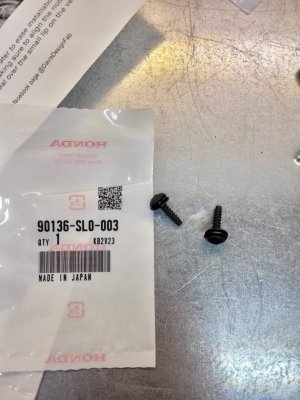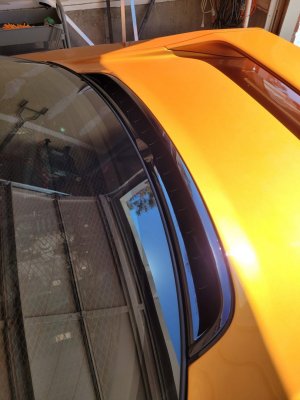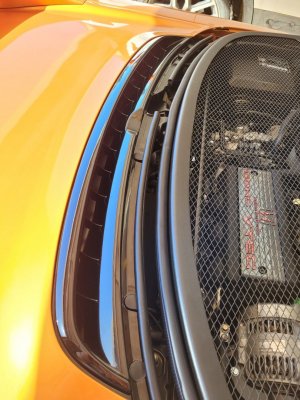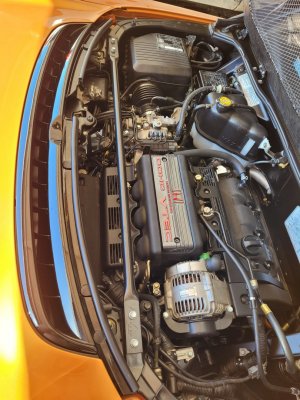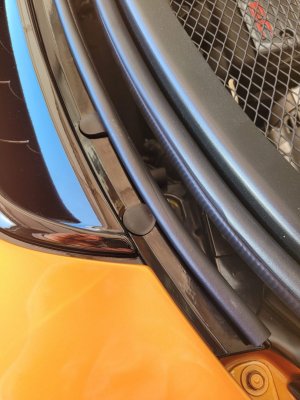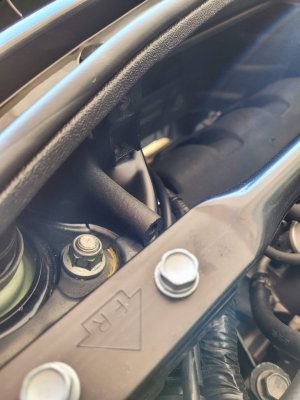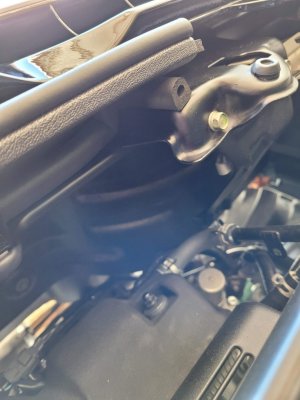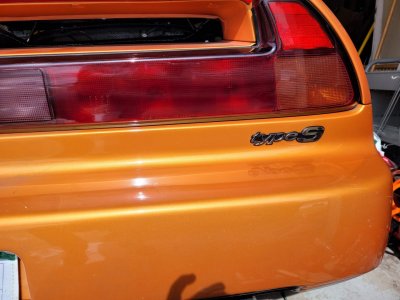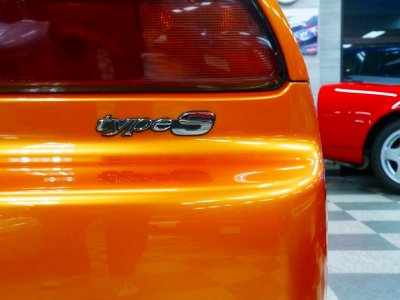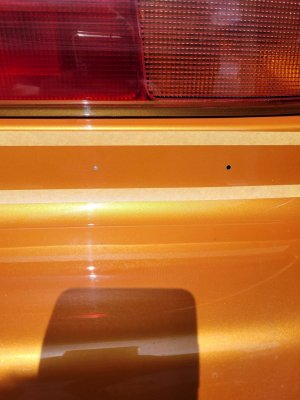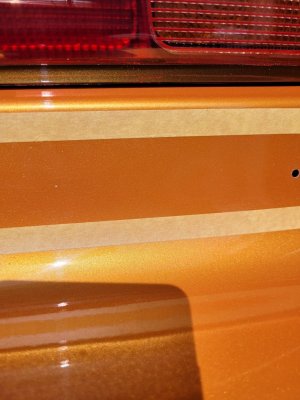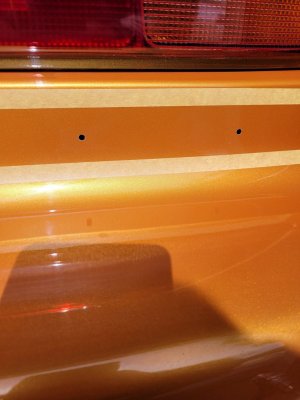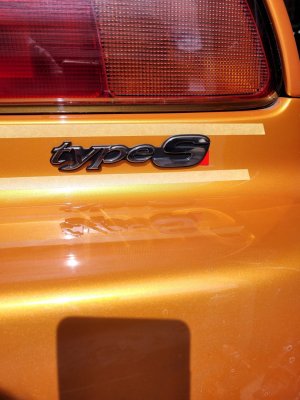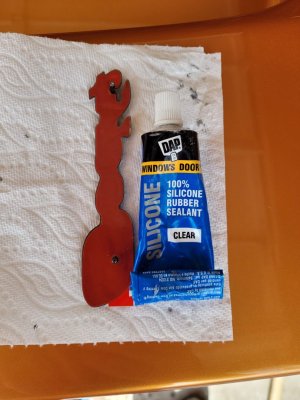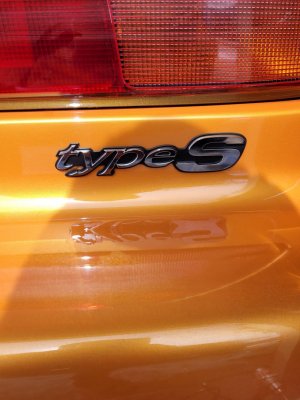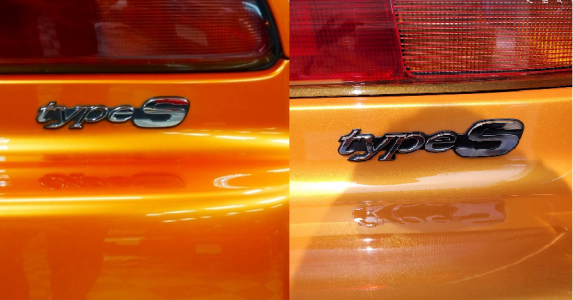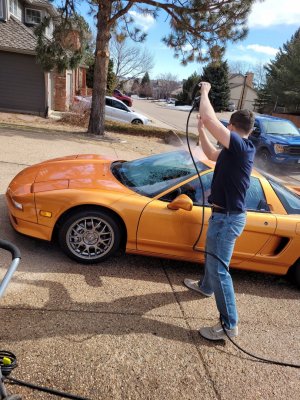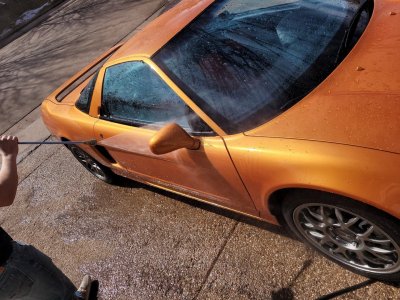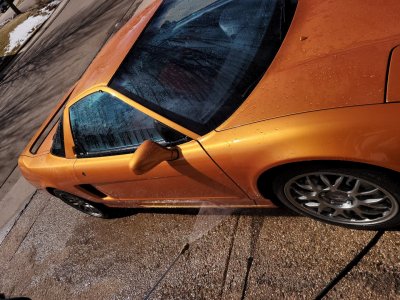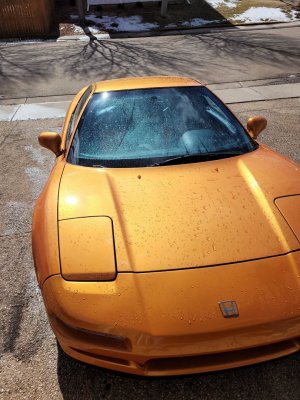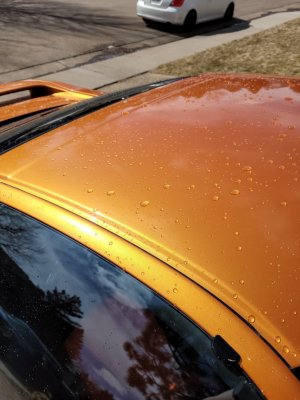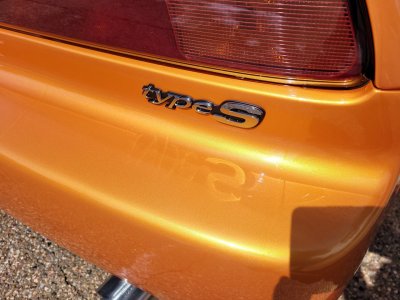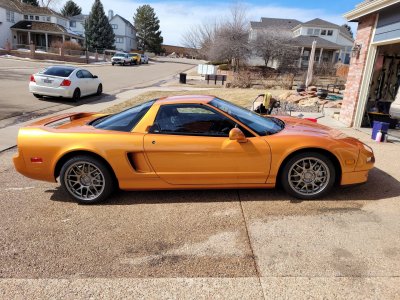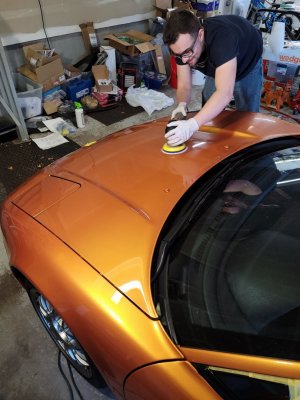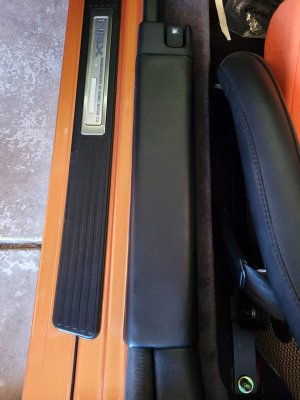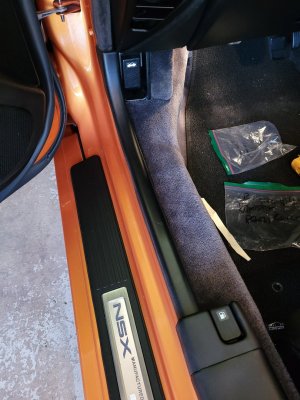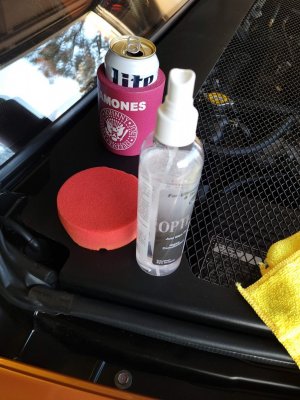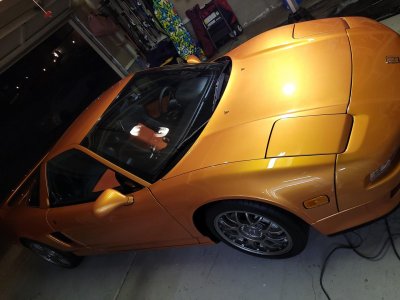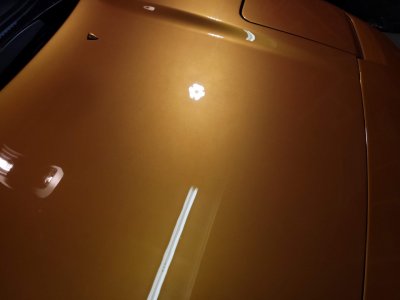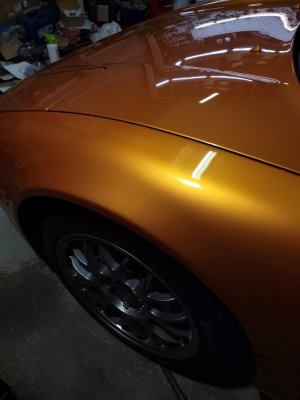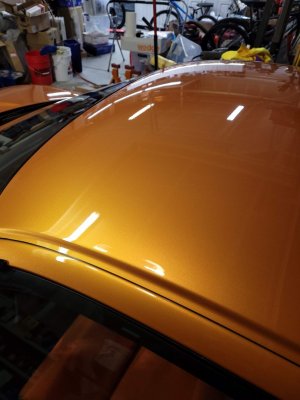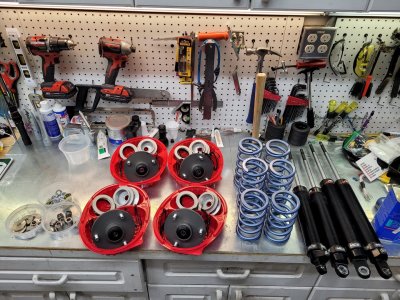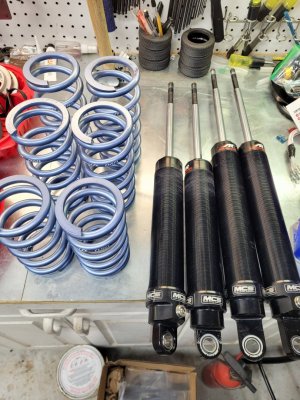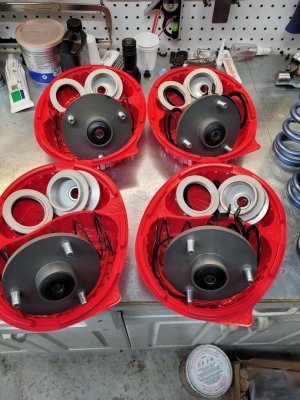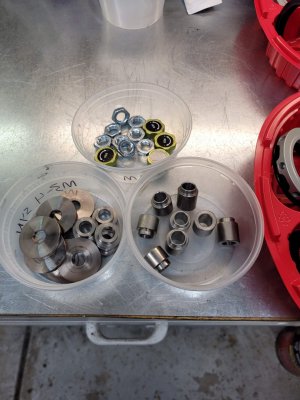To start off, none of what I'm saying is theoretical, it's all based off of my own reverse engineering of the ECU firmware.
The closed loop algorithm is a per-bank global correction as you would expect, and it always chases lambda 1.0 or 14.7:1 AFR since it uses narrowband O2 sensors. It has voltage thresholds for what it considers to be rich and lean so you can bias it a little ways in either direction but at the end of the day its a narrowband closed loop system. Pretty standard.
It uses several factors to decide whether to use open or closed loop fueling, but the main ones are throttle position and pulsewidth. I agree, using an RPM vs MAP threshold seems more intuitive, but the Honda engineers who came up with this had to have had their reasons. I suspect emissions was one of them, as there are some transition delay parameters that will keep the ECU in closed loop even at high load for a specified amount of time before switching. I suspect this is why we didn't see the car transition to open loop in Honchos log, the default delay values are around 700ms and the conditions only seemed to be met for 500-600ms.
What Honcho is doing is driving around and using a feature of TunerPro to bin the fuel corrections being applied under various RPM and load conditions along the same break points as the factory fuel maps then averaging the values to get a crude idea of where to adjust the fuel maps before turning off closed loop altogether and dialing the fueling in using wideband AFR. In steady state operation, the fuel correction will constantly over and under correct so averaging the correction over time will get you close to the actual correction needed.
The value he is logging is the global fuel correction for one of the cylinder banks. It doesn't make sense to separate this value into long and short term as it's just more unnecessary and computationally heavy multiply and divide operations. In fact, the idea that the long term trim and short term trims both contribute to the final pulsewidth isn't really correct, the "long term trim" is simply a derived value that doesn't actually affect fueling in any way, it's purely an error detection mechanism like you said, and for tuning purposes this value is worthless.
As for the base pulsewidths, the fuel maps have 20 RPM breakpoints and 16 load (MAP) breakpoints, with each individual value being 16 bits. Every pulsewidth calculation interpolates the base pulsewidth from 4 cell values. For the most part, an engine tuned with manifold pressure as load will have a relatively smooth fuel map so keeping small trim values in steady state across the board is realistic.
Injectors are typically sized based on an engines fuel requirements at full load, in a car using a speed density type fuel system injector linearity doesn't matter a whole lot since it can be easily accounted for in the tune. It's common tuning knowledge that you can't just scale the fuel maps to change injectors and have the car run properly, different injectors have slightly different linearity characteristics so scaling can get you a starting point but it will never be completely correct.
The NSX ECU has a voltage vs injector latency table just like you'd see in any other ECU. But injector latency was never really the issue on the Prospeed tunes, latency is really only meaningful when voltage deviates substantially from "normal" voltage such as cold cranking, alternator failure, or abnormally high electrical load at low rpm, even voltage changes due to engine speed will end up being compensated for in the tune itself for better or worse. For example, my car will idle perfectly at 600rpm with RDX injectors and ITBs, the Prospeed tunes idled badly because they were bad tunes.
The closed loop algorithm is a per-bank global correction as you would expect, and it always chases lambda 1.0 or 14.7:1 AFR since it uses narrowband O2 sensors. It has voltage thresholds for what it considers to be rich and lean so you can bias it a little ways in either direction but at the end of the day its a narrowband closed loop system. Pretty standard.
It uses several factors to decide whether to use open or closed loop fueling, but the main ones are throttle position and pulsewidth. I agree, using an RPM vs MAP threshold seems more intuitive, but the Honda engineers who came up with this had to have had their reasons. I suspect emissions was one of them, as there are some transition delay parameters that will keep the ECU in closed loop even at high load for a specified amount of time before switching. I suspect this is why we didn't see the car transition to open loop in Honchos log, the default delay values are around 700ms and the conditions only seemed to be met for 500-600ms.
What Honcho is doing is driving around and using a feature of TunerPro to bin the fuel corrections being applied under various RPM and load conditions along the same break points as the factory fuel maps then averaging the values to get a crude idea of where to adjust the fuel maps before turning off closed loop altogether and dialing the fueling in using wideband AFR. In steady state operation, the fuel correction will constantly over and under correct so averaging the correction over time will get you close to the actual correction needed.
The value he is logging is the global fuel correction for one of the cylinder banks. It doesn't make sense to separate this value into long and short term as it's just more unnecessary and computationally heavy multiply and divide operations. In fact, the idea that the long term trim and short term trims both contribute to the final pulsewidth isn't really correct, the "long term trim" is simply a derived value that doesn't actually affect fueling in any way, it's purely an error detection mechanism like you said, and for tuning purposes this value is worthless.
As for the base pulsewidths, the fuel maps have 20 RPM breakpoints and 16 load (MAP) breakpoints, with each individual value being 16 bits. Every pulsewidth calculation interpolates the base pulsewidth from 4 cell values. For the most part, an engine tuned with manifold pressure as load will have a relatively smooth fuel map so keeping small trim values in steady state across the board is realistic.
Injectors are typically sized based on an engines fuel requirements at full load, in a car using a speed density type fuel system injector linearity doesn't matter a whole lot since it can be easily accounted for in the tune. It's common tuning knowledge that you can't just scale the fuel maps to change injectors and have the car run properly, different injectors have slightly different linearity characteristics so scaling can get you a starting point but it will never be completely correct.
The NSX ECU has a voltage vs injector latency table just like you'd see in any other ECU. But injector latency was never really the issue on the Prospeed tunes, latency is really only meaningful when voltage deviates substantially from "normal" voltage such as cold cranking, alternator failure, or abnormally high electrical load at low rpm, even voltage changes due to engine speed will end up being compensated for in the tune itself for better or worse. For example, my car will idle perfectly at 600rpm with RDX injectors and ITBs, the Prospeed tunes idled badly because they were bad tunes.







